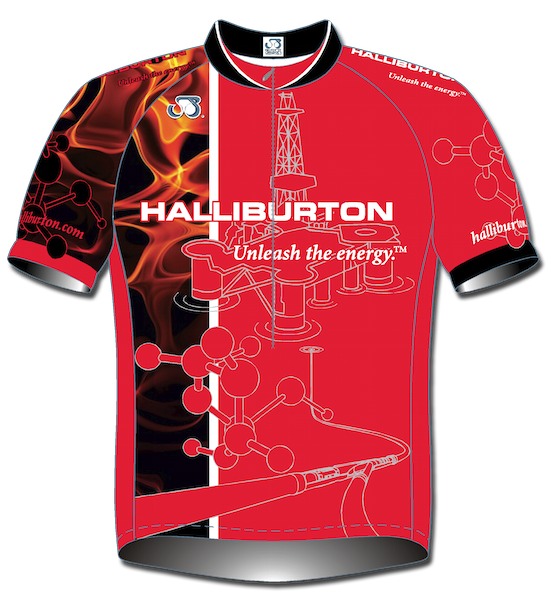
WALL STREET JOURNAL: The scrutiny on cementing will focus attention on Halliburton Co., the oilfield-services firm that was handling the cementing process on the rig, which burned and sank last week. The disaster, which killed 11, has left a gusher of oil streaming into the Gulf from a mile under the surface. Federal officials declined to comment on their investigation, and Halliburton didn’t respond to questions from The Wall Street Journal. According to Transocean Ltd., the operator of the drilling rig, Halliburton had finished cementing the 18,000-foot well shortly before the explosion. Houston-based Halliburton is the largest company in the global cementing business, which accounted for $1.7 billion, or about 11%, of the company’s revenue in 2009, according to consultant Spears & Associates. The timing of the cementing in relation to the blast—and the procedure’s history of causing problems—point to it as a possible culprit in the Deepwater Horizon disaster, experts said. MORE
BNET: It’s hard to have a worse public image than Halliburton, the multinational engineering firm whose image took a beating during the first part of the Iraq War. But the company may well get slugged again over the Gulf accident, too. The latest accusation: The cement slurry Halliburton was pumping into the drill hole prior to the Horizon’s explosion may have in fact been at fault. The bad news for Halliburton is that a number of experts  think the accident probably originated in the pipe that the cement was being pumped into. The good news for the company is that investigators may find it difficult to tell whether the cement did its job or not, especially if BP is successful in dropping massive concrete domes on top of the leaks to stop them. MORE
think the accident probably originated in the pipe that the cement was being pumped into. The good news for the company is that investigators may find it difficult to tell whether the cement did its job or not, especially if BP is successful in dropping massive concrete domes on top of the leaks to stop them. MORE
LOS ANGELES TIMES: After an exploration well is drilled, cement slurry is pumped through a steel pipe or casing and out through a check valve at the bottom of the casing. It then travels up the outside of the pipe, sheathing the part of the pipe surrounded by the oil and gas zone. When the cement hardens, it is supposed to prevent oil or gas from leaking into adjacent zones along the pipe. As the cement sets, the check valve at the end of the casing prevents any material from flowing back up the pipe. The zone is thus isolated until the company is ready to start production. The process is tricky. A 2007 study by the U.S. Minerals Management Service found that cementing was the single most-important factor in 18 of 39 well blowouts in the Gulf of Mexico over a 14-year period. MORE
